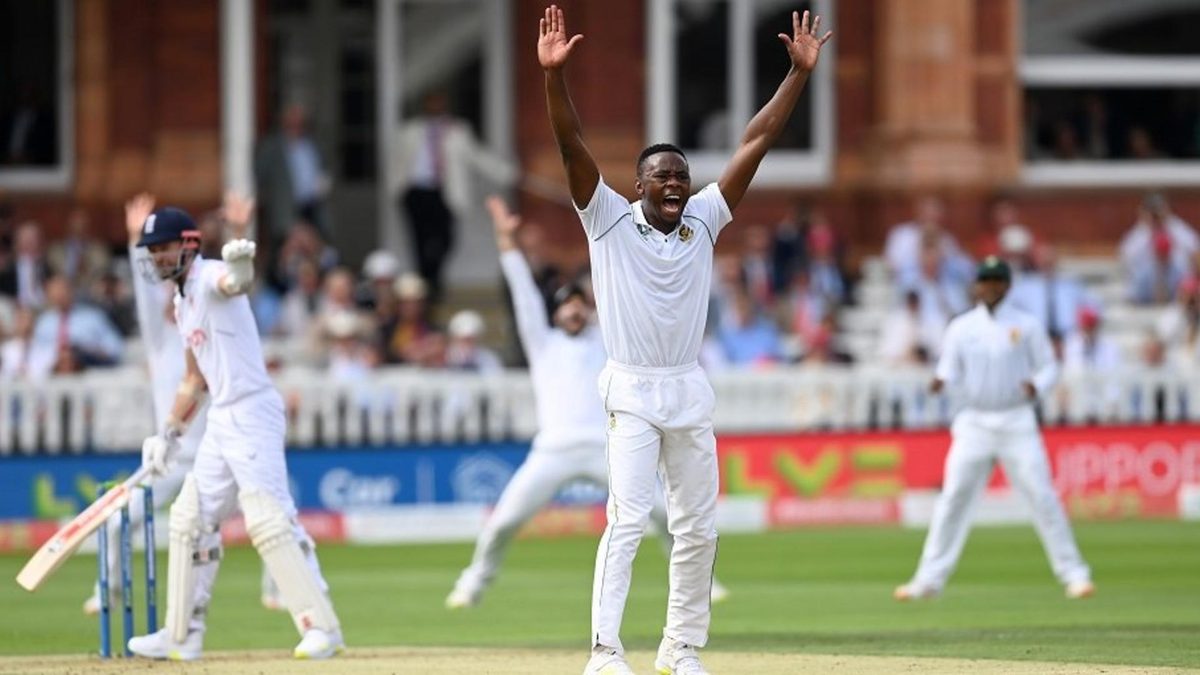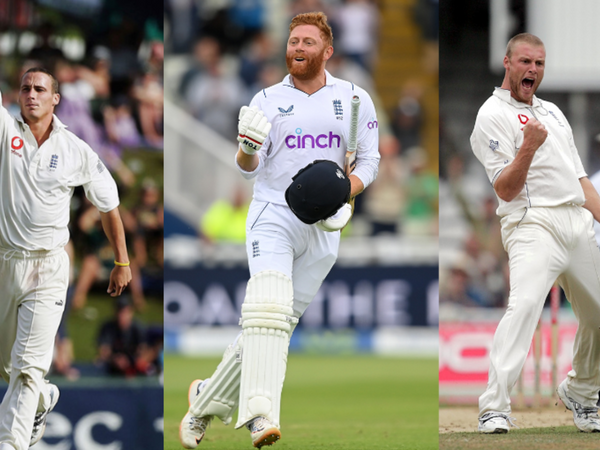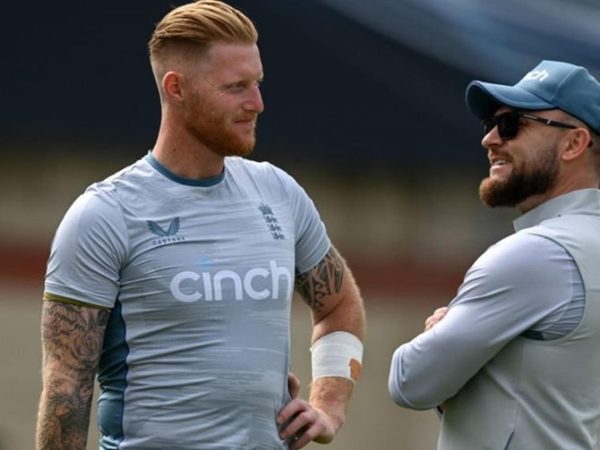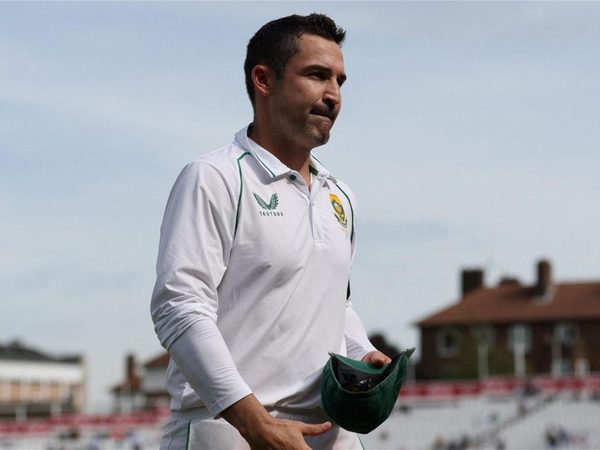
Kagiso Rabada is back, better than ever, after what had seemed like a slump. With a 150-wicket cut-off, he has the best bowling strike rate in the history of Test cricket.
Morne Morkel played his last Test in 2018; Dale Steyn in 2019; Vernon Philander in 2020. In February 2019, Duanne Olivier signed a Kolpak deal, just like Kyle Abbott had a few years previous. Thus, just ahead of the global lockdown of 2020, South Africa had lost five premium fast bowlers, all of whom would have pressed for a slot in any contemporary Test XI.
In 2019 and 2020, Kagiso Rabada went through a slump. But then, Rabada’s slumps are unlike anyone else’s. Most would have been happy to have his 2019-20 numbers (40 wickets at 28.45, strike rate 47), but they seemed insipid by Rabada’s pre-2019 standards (157 wickets at 21.56, strike rate 39).
By the time cricket resumed, Rabada – only 25 at that point – was the senior fast bowler of the attack. Others such as Lungi Ngidi and Anrich Nortje, were high-class operators, but lacked Rabada’s experience. The onus fell on Rabada to spearhead this new-look bowling attack that had lost their last three series before the lockdown. This had included a 2-0 defeat to Sri Lanka, South Africa’s first defeat against an Asian team on home soil.
It was not a straightforward task for a bowler who had seemed to be slightly below his best. He missed the home series against Sri Lanka at the end of 2020, which South Africa won without much fuss. In Pakistan, his first series in over a year, he seemed ordinary (five wickets at 39.88) when pitted against the other fast bowlers – Nortje, Hasan Ali, and Shaheen Shah Afridi. Pakistan claimed the series 2-0.
The turnaround began in the Caribbean, where South Africa won both Test matches comfortably. Rabada’s 11 wickets came at 11.45 apiece – numbers that would have looked even better had some of the misses been edges. But a bigger challenge awaited him at home, against a rampant Indian side, determined to win their first series in South Africa.
South Africa came from behind to clinch what turned out to be a sparring contest between two of the most hostile pace attacks in contemporary cricket. With 20 wickets at 19.05 (and, on average, a wicket every 5.95 overs), Rabada topped the wicket charts – a reward for sustained fast bowling throughout the series. South Africa bowled out India in each of their six innings, with Rabada taking no fewer than three wickets every time.
South Africa had never lost a series against New Zealand, home or away. But then, New Zealand had never been this good at Test cricket either. Almost to demonstrate their status as the new world champions, New Zealand won the first Test match by an innings, inside three days.
To level the two-Test series, South Africa had to win without Ngidi and Nortje. The onus fell on Rabada. He responded with 5-60 and 3-46, punctuated by a savage 47 with the bat. South Africa retained their undefeated series streak.
South Africa easily beat Bangladesh, but in the summer, they were up against a new opposition altogether – a strategy, more than a team. The England batters had scored at unprecedented pace, breaking all sorts of records, to win the first four Test matches of the summer, all of them against the World Test Championship finalists.
Neither Rabada nor Nortje featured at the tour match in Canterbury, where England Lions piled on 672 at 5.74 an over to win by an innings. Bazball, cricket’s most-discussed new word of the summer, was in full view as Harry Brook and Ben Duckett piled up hundreds and Sam Billings got 92. The tourists lost by an innings.
England seemed the better side, going into the first Test match. Rabada did get the openers, Alex Lees and Zak Crawley, inside his first five overs, but it was not unexpected. The top order has been England’s concern for a while.
But Nortje took over, and by stumps England were 116-6. Joe Root and Jonny Bairstow, heroes of England’s win against India, were gone, but Ollie Pope was there, set and past his fifty.
Had Saral Erwee not dropped the catch at first slip, Rabada would have got Pope in his first over. Instead, it took him 14 balls to have Pope drag one on to the stumps. In his next over, he hit Stuart Broad – who had caused mayhem here five years ago – on the pads before having him caught at point. And James Anderson lasted one ball against him.
The five-wicket haul was the 12th of Rabada’s career. It also took his career tally to 248 wickets. Of bowlers with over 200 Test wickets, only five – Malcolm Marshall (20.94), Joel Garner (20.96), Curtly Ambrose (20.99), Fred Trueman (21.57), and Glenn McGrath (21.64) – have better bowling averages than his 22.16.
None of them – or anyone else in history – however, matches his strike rate of 40.4, not even if one reduces the cut-off to 150 wickets.
With 439 wickets at 42.3, Steyn occupies next place among the 200-wicket batch. At this point, it will take Rabada 81.5 wicketless overs for his strike rate to drop below Steyn’s. That is unlikely to happen, for Kagiso Rabada has taken off again. Since the lockdown, the numbers read 51 wickets, average 19.11, strike rate 39.4.








